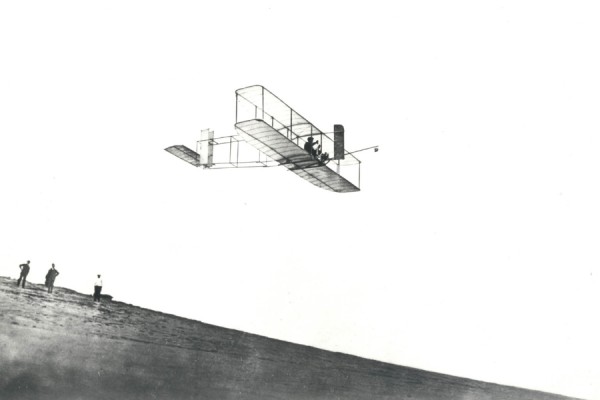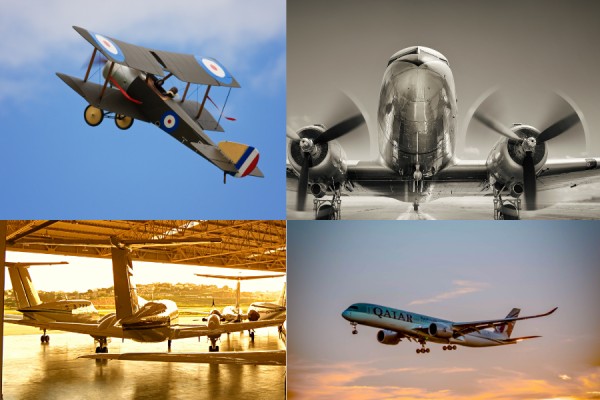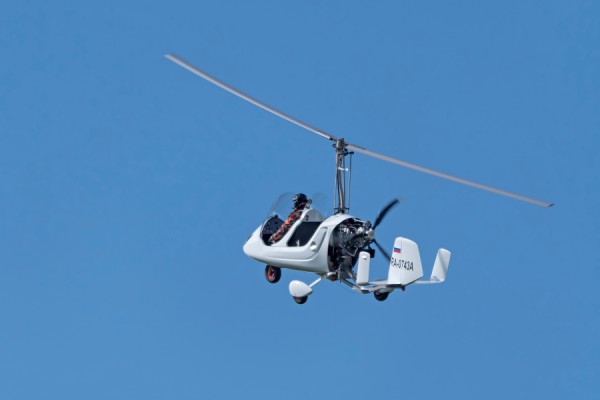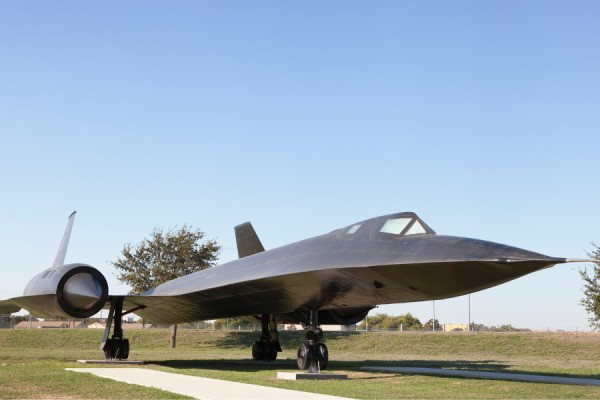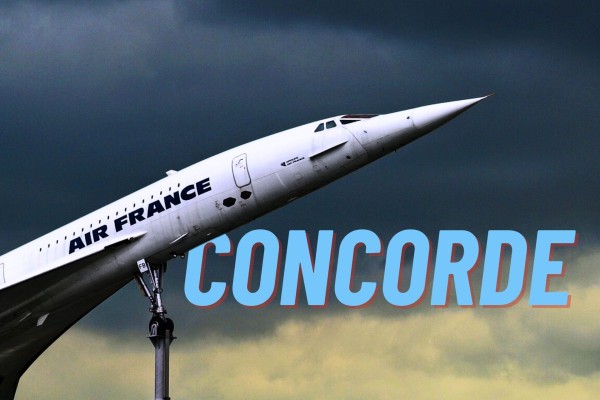- History
- 1 year before
From Balloons to Blims: The Evolution of Light Aircraft
From balloons to blimps, explore the historical evolution of light air vehicles, and explore their technological developments and future in detail.
-

- 1 year before
- Category: History
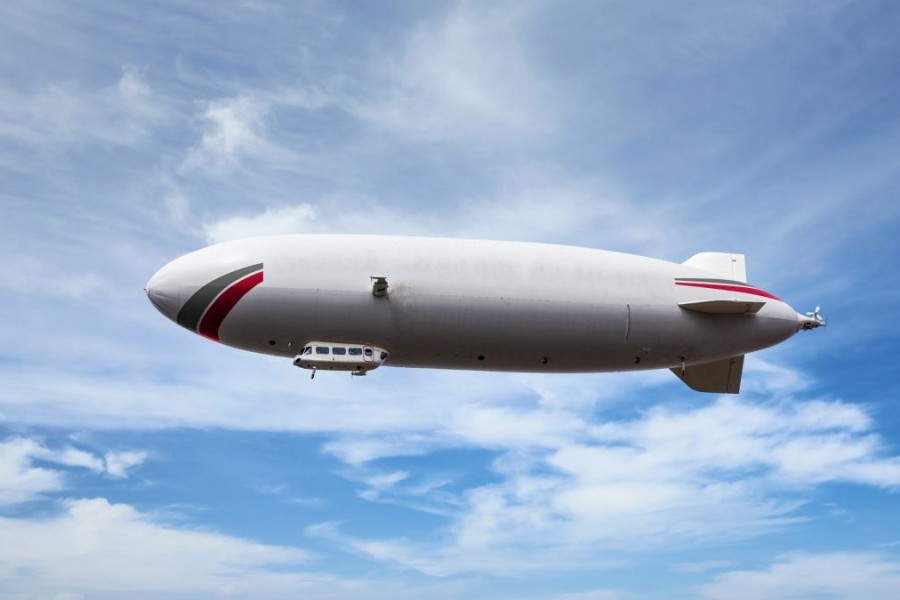
The Journey of Lighter-Than-Air Vehicles: A Quest to Conquer the Skies
The history of lighter-than-air (LTA) vehicles is a testament to humanity's enduring fascination with the sky and the creative solutions we have devised to fulfill our dreams of flight. This journey, marked by innovations from balloons to blimps and beyond, has played a significant role in shaping the history of aviation.
The Montgolfier Brothers and the Birth of the Balloon
The year 1783 marked a pivotal moment in aviation history when the French Montgolfier brothers successfully launched the first hot air balloon, harnessing the principle that heated air rises. With this invention, the dream of human flight began to take tangible form. These balloons became the first human-carrying aerial vehicles capable of free flight.
Zeppelins and the Rise of Rigid Airships
By the early 1900s, German engineer Ferdinand von Zeppelin had designed the eponymous zeppelin. These craft were rigid-framed airships filled with hydrogen or helium gas rather than hot air. Zeppelins played a prominent role in passenger and cargo transportation, becoming iconic symbols of an era.
From Hydrogen to Helium: Blimps and Safety Advancements
The Hindenburg disaster and similar accidents brought the dangers of hydrogen to the forefront. As a result, lighter-than-air vehicles transitioned to using helium gas, which is less flammable than hydrogen. Blimps, or non-rigid airships, were designed with this safer technology. Used primarily for advertising and surveillance, blimps continue to be popular today.
Modern LTA Vehicles and the Future
Beyond their historical significance, the applications of LTA vehicles have continued to expand in the 21st century. These vehicles are now employed in cargo transportation, environmental monitoring, and even as inflatable aircraft. The future holds the promise of even more innovative and sustainable solutions in the realm of lighter-than-air vehicles.

